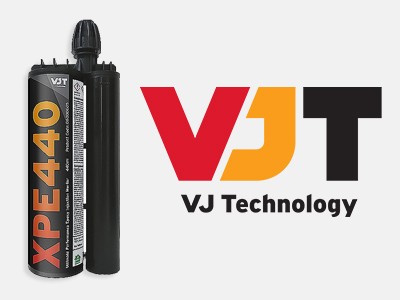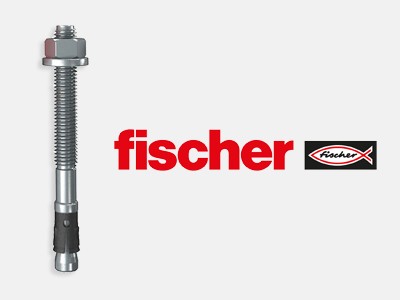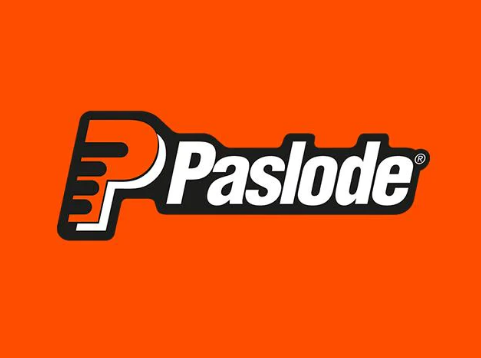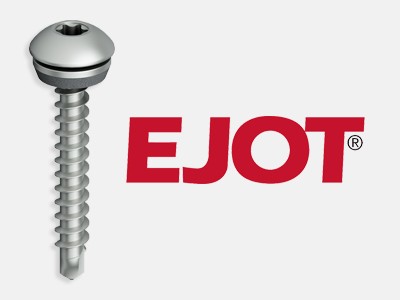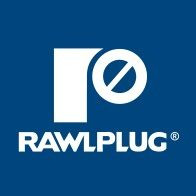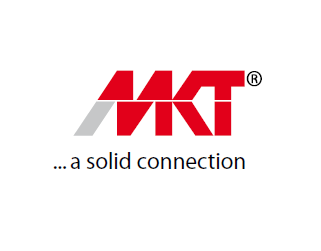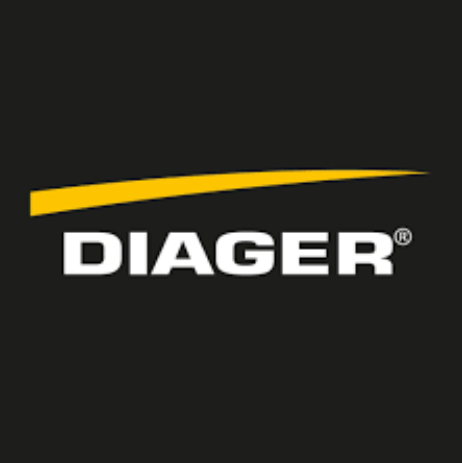What Are Cut Resistance Levels?
03 May 2018
In safety gloves, Cut Resistance is the level of protection a pair of gloves offers the user against being cut from blades, machinery or sharp materials. Cut resistance is measured by the standard EN 388 on a 1 – 5 scale, 5 being the most resistant.

Samples of the glove are taken and cut in continuous cycles until the material would no longer provide sufficient protection. The amount of cycles required to cut the material indicates the level of cut resistance.
Why Should I Trust Cut Levels?
EN standards are independently tested EU wide standards that are in place for a range of different products to measure quality and efficiency. All EN standards are approved by one of the European Standardisation Organisations.
Although EN standards are voluntary, they are an important indicator of the quality of a product. Safety Gloves suggests that if you need protection, you should always look to purchase EN 388 tested gloves, due to the comprehensive checks carried out on each product.
Cut Resistance Level 1
Level 1 Cut Resistance is the lowest resistance that a pair of gloves can offer. Therefore, gloves with a level 1 rating should be completely avoided if coming into contact with sharp objects is a possibility.
An advantage of Level 1 resistance gloves is that they provide you with a greater level of dexterity than that of a more protective glove. These gloves are also a suitable option for visitor’s gloves, as they can offer protection but it is unlikely visitors to building sites will come into contact with any sharp materials.
Cut Resistance Level 2
Level 2 cut resistance offers a higher level of protection than level 1; however it is still advised to avoid sharp objects and materials. These gloves offer many of the advantages of Level 1 gloves (greater movement and dexterity).
Level 2 gloves can be utilised in jobs where handling sharp objects is a possibility but not a constant hazard, such as packing/shipping, general handling and automotive work
Cut Resistance Level 3
Gloves that have a level 3 rating are suitable for a wider range of uses where sharp objects/materials are common. Level 3 gloves often provide a good amount of protection and maneuverability, due to being the middle level of resistance.
Jobs that are suitable for these gloves include light construction work, electrical work, plumbing and general warehouse work.
Cut Resistance Level 4
As the penultimate level of cut resistance offered, Cut Level 4 Safety Gloves are commonly used in areas where it is probable that you will come into contact with sharp objects or materials. Although not as much protection is offered as level 5 gloves, level 4 gloves provide you sufficient protection and greater amount of flexibility and control.
These gloves are suitable for use in a range of industries including, automotive, steel handling, glass handling and other work involving sharp objects.
Cut Resistance Level 5
Level 5 cut resistance is the highest level of protection offered by EN standard 388, making it suitable for highly hazardous areas. People coming into contact with sharp objects/materials on a regular basis should always ensure they are wearing cut level 5 work gloves. Most level 5 gloves are also resistant to other hazards such as punctures, abrasion and tears, making them more durable and longer lasting compared to other gloves.
Due to the highly resistant nature of these gloves, they are suitable to be used in most environments without risk.
Which Level Do I Need?
Although cut level 5 offers protection against most hazards, a lot of work can be made more difficult using these due to the low levels of flexibility and control workers experience when wearing them. Factors that you should keep in mind when buying gloves are:
- How often you will come into contact with sharp objects/materials?
- What level of dexterity/protection you require?
- Do you need gloves that grip or gloves that protect?

